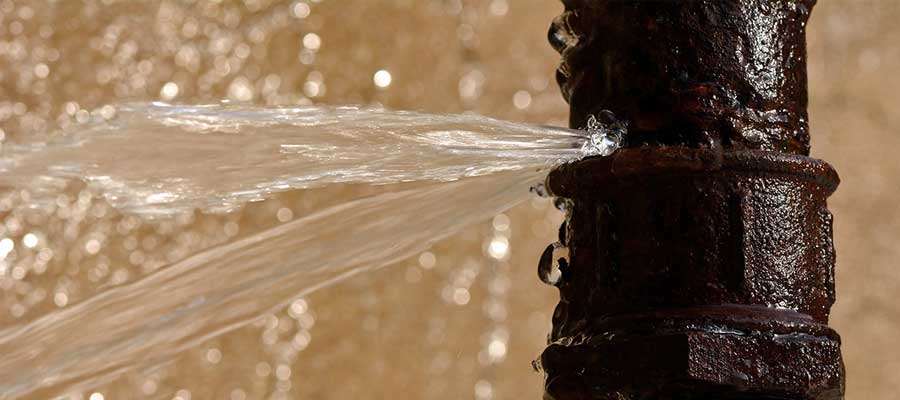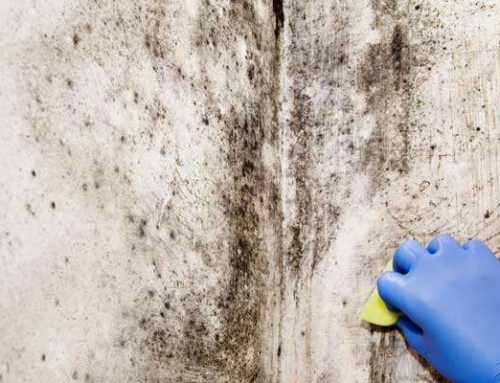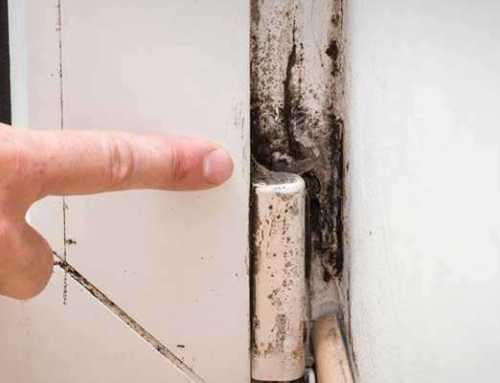Any property owner that has mold problems will likely not know the best way to go about mold remediation. It is a delicate process that must be handled with great care to assure the problem is dealt with for good. When all is considered, there is a 5 step checklist that most professional restoration companies follow when it comes to removing mold. From the earliest stages that involve sampling and analysis to the major cleanup efforts that follow, it is imperative that the process is seen through with the utmost tenacity. Here’s a closer look at how each step of the process is broken down:
1 – Mold Testing
There are plenty of do it yourself kits for mold testing, but none of them are truly accurate when compared to what a lab can provide. Even the most pricey kits on the market will come up short. It’s imperative to have samples of your mold taken up by a professional and then sent of for full on testing.
2 – Moisture Elimination
The results of the mold testing can take several days to come in. During this waiting process, it can be useful to identify the sources of the moisture that may have caused the mold to grow in the first place. Mold spores do not multiply unless there is a lot of moisture to give them nourishment.
The mitigation of water damage can start with the use of thermal cameras. There are also other forms of leak detection that are quite helpful. When a leak is found, it must be fixed as soon as possible. If anything that caused the mold to grow in the first place is left as is, the problem will never go away fully.
3 – Cleanup
Cleanup of mold generally involves the application of anti-fungal solutions and specially designed equipment. There are tools that can disturb the mold colonies all the way down to the root. Simply cleaning what is visible on the surface with typical household chemicals and the like is where a lot of property owners go wrong. Even bleach may not be adequate to remove certain mold breakouts. Mold remediation professionals always have access to specialized equipment and powerful chemical solutions that will be able to kill the mold and remove it with great precision.
It is essential to clean every single part of an affected area and its surroundings. This must be done before any of the final restoration work can take place. Hidden growth underneath surfaces and behind walls must be accounted for. Every trace of mold can be difficult to get rid of when it comes to porous materials like drywall or carpeting. In many cases, large areas of the property may need to be removed and replaced from scratch.
4 – Remediation Of Damage
After any visible sign of the mold is gone, it could be necessary to repair or even rebuild the structures which were contaminated. Depending on the climate of the region, property owners will need to consider which materials are used for this process quite carefully. For instance, non-organic materials are much less prone to the development and spread of mold.
5 – Prevention Of Further Spreading
Mold can easily start growing if the conditions that lead to the initial growth are not fully dealt with. The best way to keep anything from coming back is to reduce the amount of moisture in the property’s air while also removing anything that was damaged by water. There are also a number of anti-fungal treatments that can be administered as needed, and restoration services can be rendered with mold-resistant materials.
With all of this in mind, it should be clear why it is so imperative for property owners to entrust mold cleanup to professionals. Only with the aid of an expert can the issue be dealt with in the best possible manner. It cannot be determined whether the visible growth is really all that’s present. There is often more mold lingering beneath the surface. Only with lab results can the nature of the mold truly be determined. If you are unsure where to turn when it comes to a mold problem of your own, United Water Restoration can connect mold testing specialists and remediation professionals with property owners.



